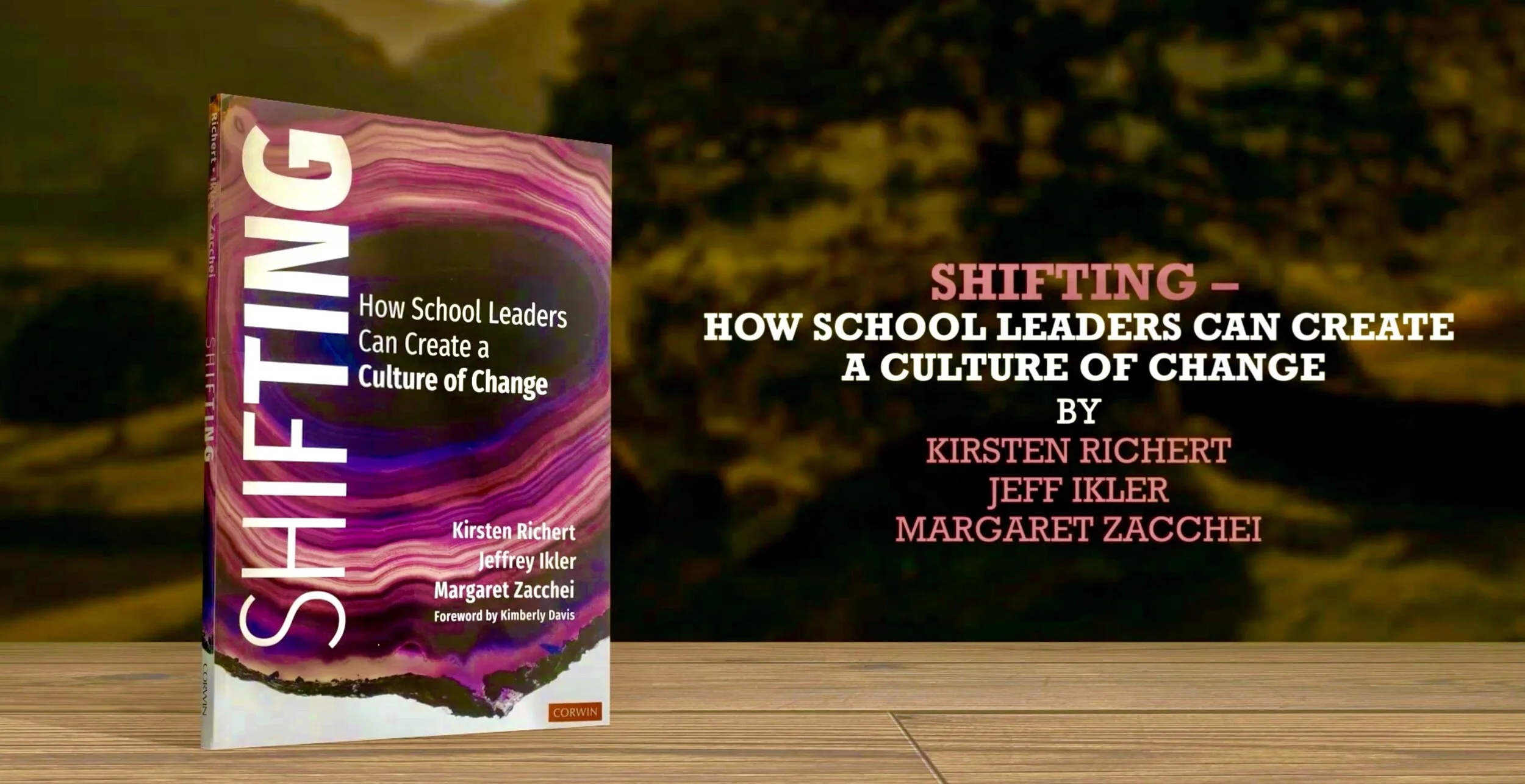Getting Unstuck #119: Utilizing the Power of Place
Today on Getting Unstuck
When we think of teaching and learning, we typically think of the four walls of the traditional classroom that sit within the school itself. Arguing to figuratively break down those walls is Tom Vander Ark. Tom is an advocate for innovations and learning. As CEO of “Getting Smart,” Tom advises schools, districts, networks, foundations and learning organizations on the path to more engaging student learning. He has served as the first Executive Director of Education for the Bill and Melinda Gates Foundation, and was a public school superintendent in Washington State.
Tom has co-authored more than 50 books, chapters, and white papers, and has published thousands of articles on Getting Smart.com, LinkedIn and various other forums. We talk with him here about his latest book co-authored with Emily Liebtag and Nate McLennan titled The Power of Place: Authentic Learning Through Place-based Education.
“One of the fun things about place-based learning is just seeing a place through other people's eyes because they're experiencing it differently than than you do.”
— Tom Vander Ark
The Essential Ideas in Tom’s Own Words
“To provoke real community – connected, authentic, interdisciplinary, learning that's really powerful that results in important products that young people remember for 20 or 30 years often takes innovation.”
“I’ve been a long-term advocate for project-based learning because I think engaging young people in authentic, challenging community-connected work is really an important part of any well developed course of study.”
“There's some place-based learning that is not necessarily project-based. And there's some project-based learning that doesn't necessarily embrace place, but there's a really big overlap. So they're related. Project-based learning is really any multi-step learning process. It can be individual or team-based that results in a final product that's valuable to community. And so many place experiences are are in fact, project-based.”
“NCLB really locked us into a very narrow definition of success, which was grade level proficiency in reading and math. And I'm really excited about the fact that thousands of school districts in America are having or starting to have community conversations — even before the pandemic — asking the question, ‘How is the world changed, and as a result, what do young people need to know and be able to do?’”
“What I most want young people to do is engage in complex problem solving. I want them to be data scientists. I want them to be doing math modeling of complex systems, not learning calculation. And if you want to move a system to these new outcomes, you have to have a community conversation about what kids need to know and be able to do, and build support for a new set of outcomes.”
“I think of the new work of education leaders as being conversation hosts, and temporary agreement facilitators.”
Six Design Principles of Place-Based Education
Tired of chasing the next shinny thing? Then take a different approach to change.
“It seems like every year we try a ‘new’ educational initiative – something that somebody read about or experienced at a conference. We never seem to stay with it, though, because there’s always something new following on its heels. And our problems remain the same.” — A teacher
I will be recommending that our group of educational leaders with whom I work read your book. I think the organization of the book lends itself to each learner/leader applying the concepts to their own change efforts. Everyone can apply the themes and leadership practices.
Your book is very timely. "Shifting" is needed as educational leaders work through new distance learning approaches for all students. Educators must balance educating students, while keeping staff and students healthy. There is fear on the part of many teachers to remain healthy as they go back to school. Their why is to inspire and ensure that students thrive emotionally, socially and academically.
— Patrick Sweeney, Leadership Coach / Retired Superintendent




